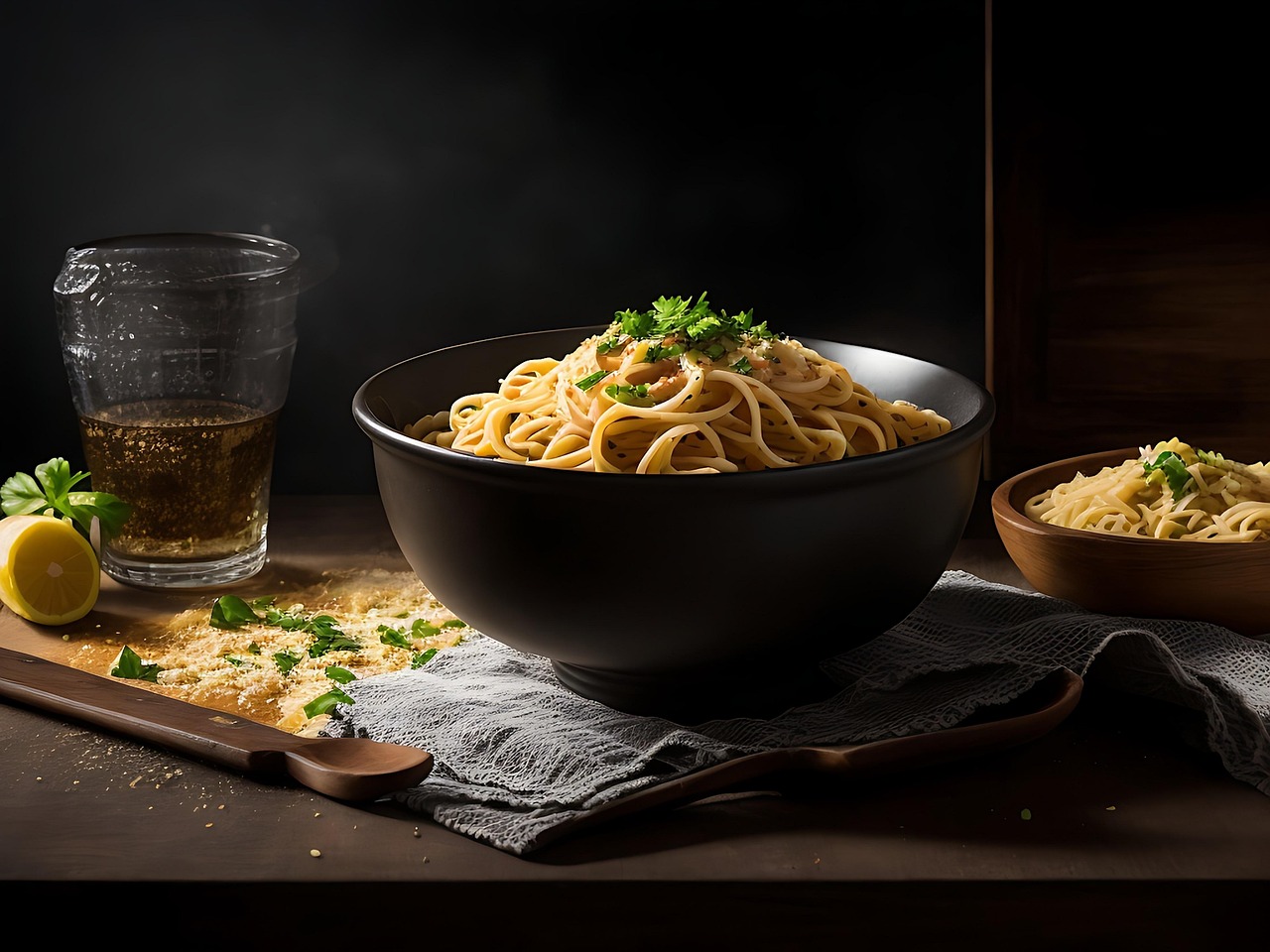Ever wondered how to make whole grain pasta taste as good as the regular kind—without sacrificing flavor or texture? You’re not alone! Many people assume whole grain pasta is bland or chewy, but with the right recipes and techniques, it can be just as delicious (if not more nutritious) than traditional pasta.
In this guide, we’ll explore easy, flavorful whole grain pasta recipes, expert-backed cooking tips, and creative ways to upgrade your meals. Whether you’re a health-conscious foodie or just looking to add more fiber to your diet, these dishes will keep you coming back for seconds.
Why Choose Whole Grain Pasta?
Before diving into recipes, let’s quickly cover why whole grain pasta is worth adding to your rotation:
✅ Higher in Fiber – Supports digestion and keeps you full longer.
✅ Rich in Nutrients – Packed with B vitamins, iron, and magnesium.
✅ Lower Glycemic Index – Helps stabilize blood sugar levels.
✅ Heart-Healthy – Linked to reduced risk of heart disease.
Pro Tip: Look for 100% whole grain or whole wheat on labels—some brands mix refined flour, reducing nutritional benefits.
5 Delicious Whole Grain Pasta Recipes
1. Garlic Butter Mushroom & Spinach Pasta
A creamy, savory dish ready in 20 minutes!
Ingredients:
-
8 oz whole grain spaghetti
-
2 tbsp olive oil
-
3 garlic cloves, minced
-
1 cup mushrooms, sliced
-
2 cups fresh spinach
-
2 tbsp butter
-
¼ cup grated Parmesan
-
Salt, pepper, and red pepper flakes to taste
Instructions:
-
Cook pasta according to package instructions. Reserve ½ cup pasta water.
-
Heat olive oil in a pan, sauté garlic and mushrooms until golden.
-
Add spinach, butter, and cooked pasta. Toss with Parmesan and pasta water for creaminess.
-
Season and serve hot!
Why It Works: The buttery garlic sauce masks any “earthy” taste from the whole grain pasta, while mushrooms add umami depth.
2. Mediterranean Chickpea & Lemon Pasta
Bright, zesty, and protein-packed!
Ingredients:
-
8 oz whole grain penne
-
1 can chickpeas, drained
-
1 cup cherry tomatoes, halved
-
½ cucumber, diced
-
¼ cup Kalamata olives
-
2 tbsp lemon juice
-
2 tbsp olive oil
-
1 tsp dried oregano
-
Feta cheese (optional)
Instructions:
-
Cook pasta, rinse under cold water, and drain.
-
Toss with chickpeas, tomatoes, cucumber, and olives.
-
Whisk lemon juice, olive oil, and oregano for dressing.
-
Combine and top with feta if desired.
Perfect For: Meal prep—stays fresh for days and tastes great cold!
3. Creamy Avocado Pesto Pasta
A dairy-free twist on classic pesto!
Ingredients:
-
8 oz whole grain fusilli
-
1 ripe avocado
-
1 cup fresh basil
-
¼ cup pine nuts
-
1 garlic clove
-
2 tbsp lemon juice
-
2 tbsp olive oil
-
Salt & pepper to taste
Instructions:
-
Blend avocado, basil, pine nuts, garlic, lemon juice, and olive oil until smooth.
-
Toss with cooked pasta, adding pasta water if needed for creaminess.
-
Garnish with extra basil and pine nuts.
Health Bonus: Avocado adds healthy fats, making this dish extra satisfying.
4. Spicy Arrabbiata with Whole Grain Rigatoni
A fiery, restaurant-worthy pasta in 25 minutes!
Ingredients:
-
8 oz whole grain rigatoni
-
2 tbsp olive oil
-
3 garlic cloves, minced
-
1 tsp red pepper flakes
-
1 can (28 oz) crushed tomatoes
-
½ tsp sugar (optional)
-
Fresh basil for garnish
Instructions:
-
Sauté garlic and red pepper flakes in olive oil.
-
Add tomatoes, simmer for 15 minutes.
-
Toss with cooked pasta, garnish with basil.
Chef’s Tip: Use San Marzano tomatoes for the best flavor.
5. One-Pan Garlic Shrimp & Whole Grain Linguine
Minimal cleanup, maximum flavor!
Ingredients:
-
8 oz whole grain linguine
-
1 lb shrimp, peeled
-
3 garlic cloves, minced
-
½ tsp paprika
-
¼ cup white wine (or broth)
-
2 tbsp butter
-
Lemon wedges for serving
Instructions:
-
Cook pasta, reserving ½ cup water.
-
Sauté shrimp, garlic, and paprika in butter until pink.
-
Deglaze with wine, add pasta, and toss.
Why You’ll Love It: The wine-infused garlic butter makes this dish irresistible.
Expert Tips for Cooking Whole Grain Pasta Perfectly
Many people overcook whole grain pasta, leading to a mushy texture. Follow these tips for the best results:
🔥 Boil in Well-Salted Water – Enhances flavor.
⏱️ Cook Al Dente – Check 1-2 minutes before package time.
💧 Reserve Pasta Water – Helps thicken sauces.
🔄 Rinse Only for Cold Dishes – Keeps starch for better sauce adhesion.
Final Thoughts: Whole Grain Pasta Can Be Delicious!
Gone are the days of bland, cardboard-like whole grain pasta. With these flavor-packed recipes, you can enjoy the health benefits without sacrificing taste. Whether you’re craving creamy avocado pesto or spicy arrabbiata, there’s a dish here for every palate.










